Using the SkyCiv Load Generator – NZS 1170.5 Seismic Load Calculations
The SkyCiv Load Generator now supports the seismic load calculation for New Zealand based on NZS 1170.5. With this addition, users can generate the seismic forces using the Equivalent Force method and the Design Response Spectrum which comes handy when applied to your S3D model. The data/map for major faults and hazard factor, \( Z \), in New Zealand had been digitized and converted to automate selecting these values based on the project address input. Users will be able to obtain get the following data from our server:
- Hazard Factor \( Z \)
- Nearest Major Fault
- Distance from nearest major fault \( D \), in kms
- Return Period Factor (ULS) \( R_{u} \)
With a Professional Account or by purchasing the standalone Load Generator module, you can use all the features of this calculation as long as you want. You can purchase the standalone module thru this link.
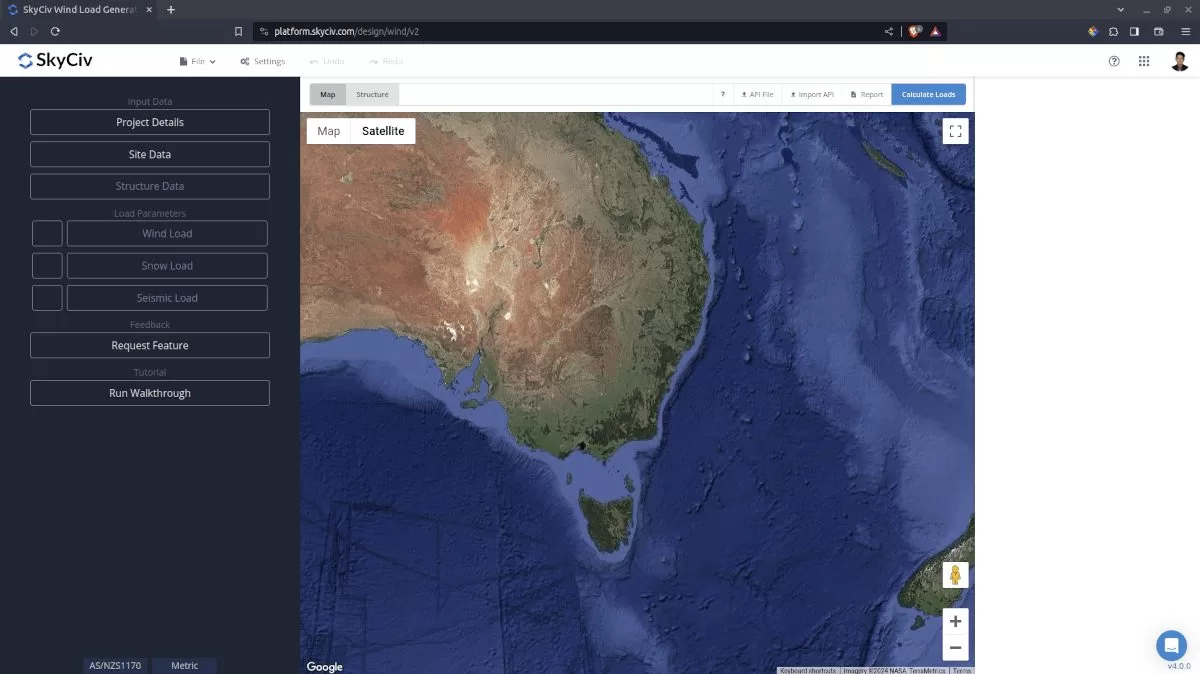
Figure 1. SkyCiv Load Generator UI.
Site Data
Together with the wind speed and ground snow load data, users can get the seismic parameters for locations in New Zealand (NZS 1170.5) obtained from our server by defining the following input:
- Country – Australia or New Zealand
- Design Working Life – how long the structure is intended to be used.
- Importance Level – The importance level is governed the type of structure and it’s potential impact. Click the (i) for more information about which importance level is correct for your structure.
- Project Address – the address where the site is located
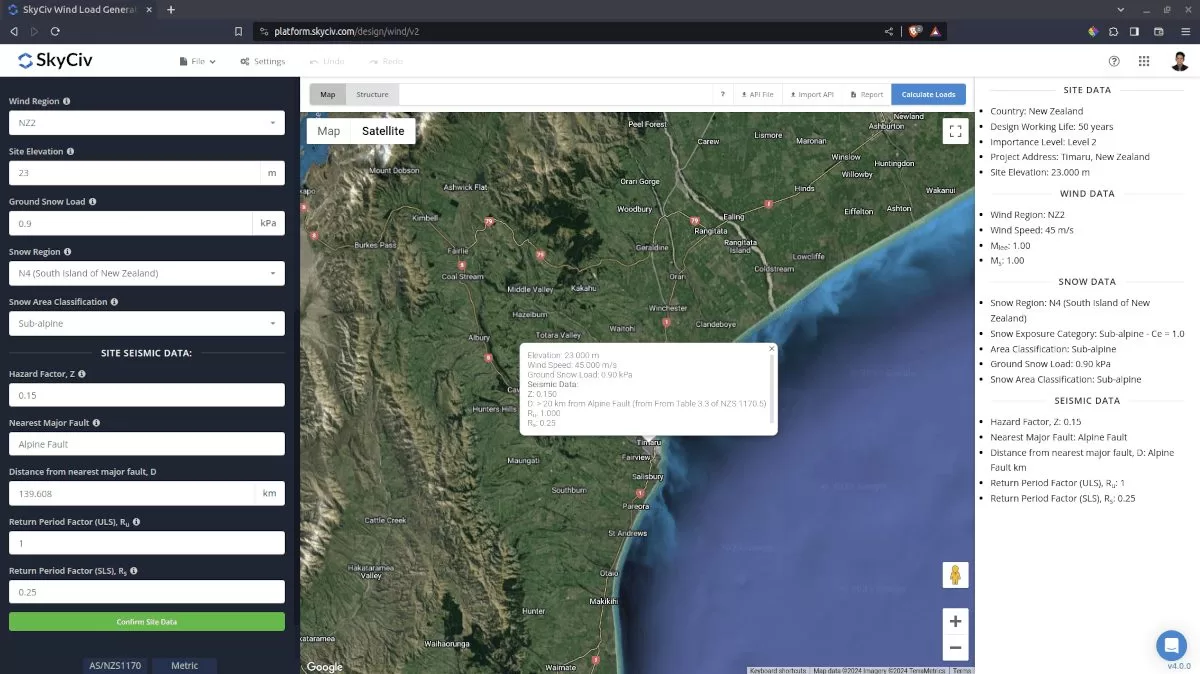
Figure 2. NZS 1170.5 additional parameter for obtaining site seismic parameters.
Users can modify the parameters to obtain the most appropriate seismic load for the structure.
Structure Data
Next step is to define first the Structure you are analyzing. Currently, only Building is supported in NZS1170.5.
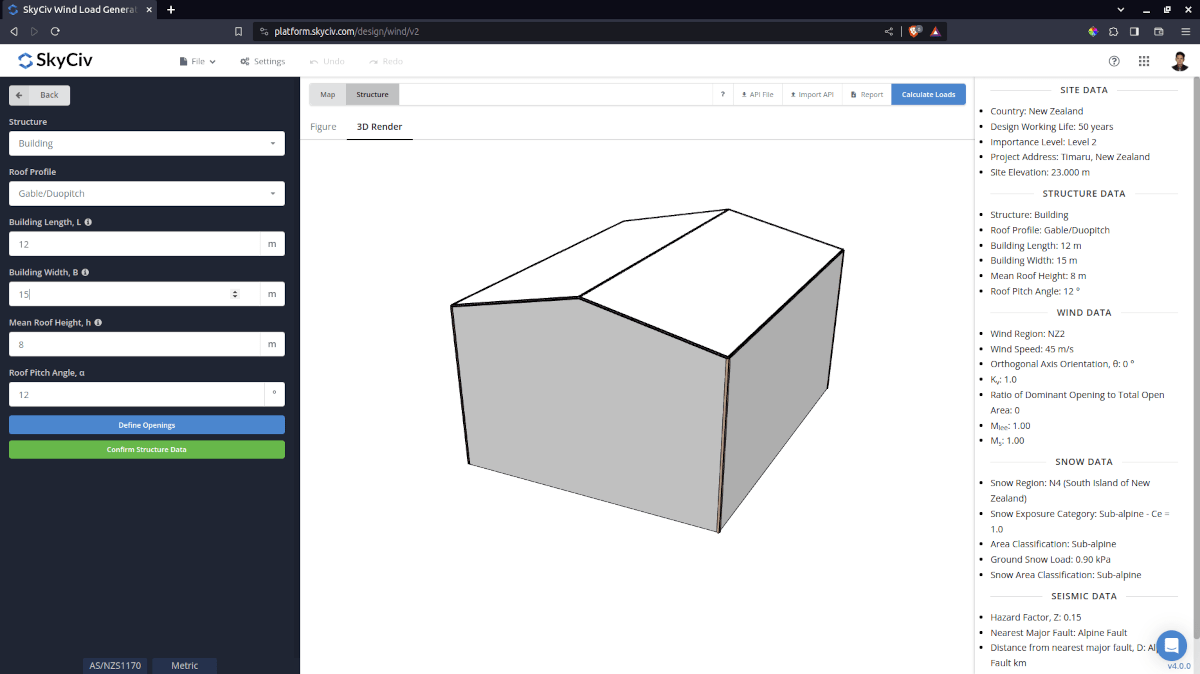
Figure 3. Structure parameters for seismic load calculation.
Seismic Data
To proceed with our seismic load calculation, we need to check the checkbox first beside the Seismic Load button. By default, this is checked when the all site seismic data have been defined.

Figure 4. Checkbox for Seismic Load Data.
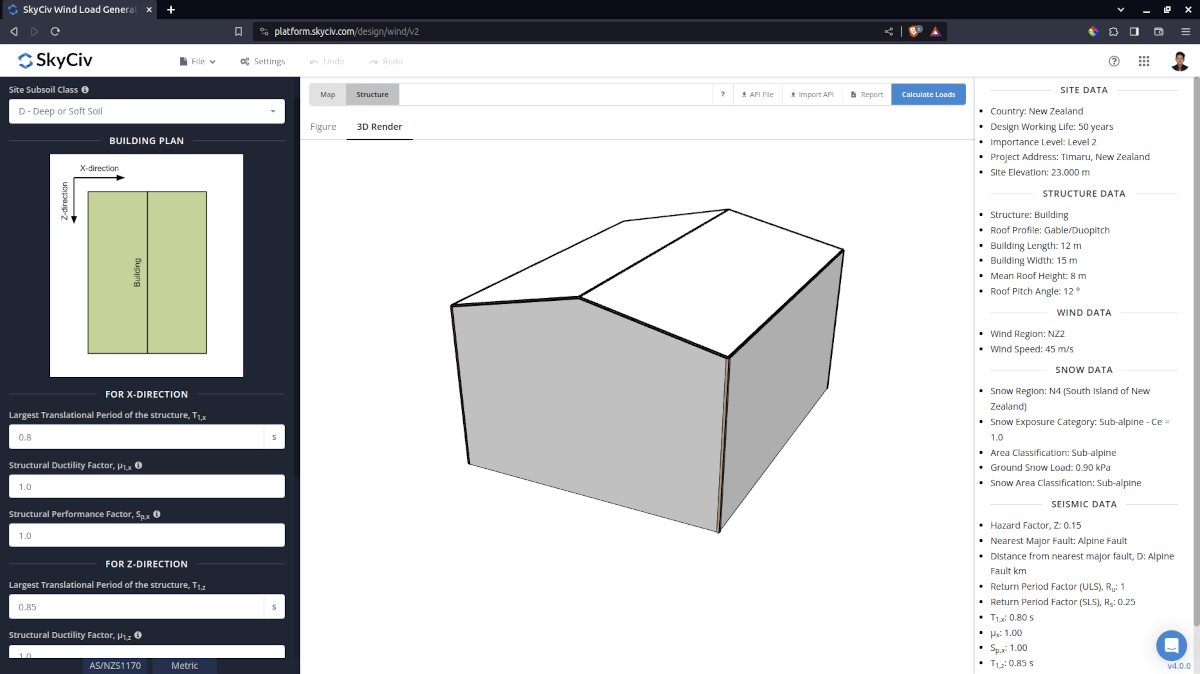
Figure 5. Seismic Parameters for Buildings.
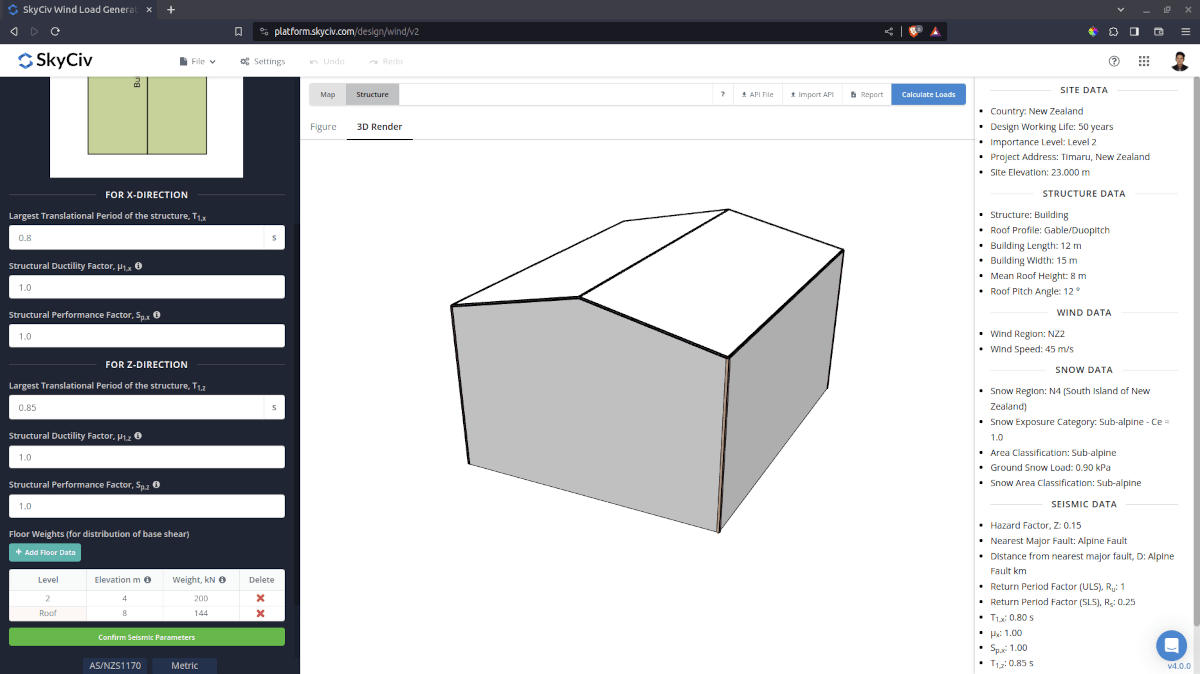
Figure 6. Seismic Parameters for Buildings.
The seismic parameters needed to be defined are the following:
- Site Subsoil – refer to Section 3.1.3 of NZS 1170.5
- Largest Translational Period of the Structure for x-direction \( T_{1,x} \) and z-direction \( T_{1,z} \) – used in Equivalent Force method. Can be calculated using the SkyCiv S3D – Dynamic Frequency
- Structural Ductility Factor for x-direction \( μ_{x} \) and z-direction \( μ_{z} \) – default value is 1.0.
- Structural Performance Factor for x-direction \( S_{p,x} \) and z-direction \( S_{p,z} \) – default value is 1.0.
- Floor Weights – used for the vertical distribution of base shear in Equivalent Forces method. Data per level required are: Level (for designation), Elevation, and Weight
Users are free to edit these values which affect the corresponding calculated base shear for the structure.
Results
Once all the parameters are defined, clicking the Calculate Loads button will give a result as shown below. The seismic load results will show the parameters in calculating the seismic load as shown below. The summarized results are shown on the right side of the screen. Other results are shown on the detailed report.
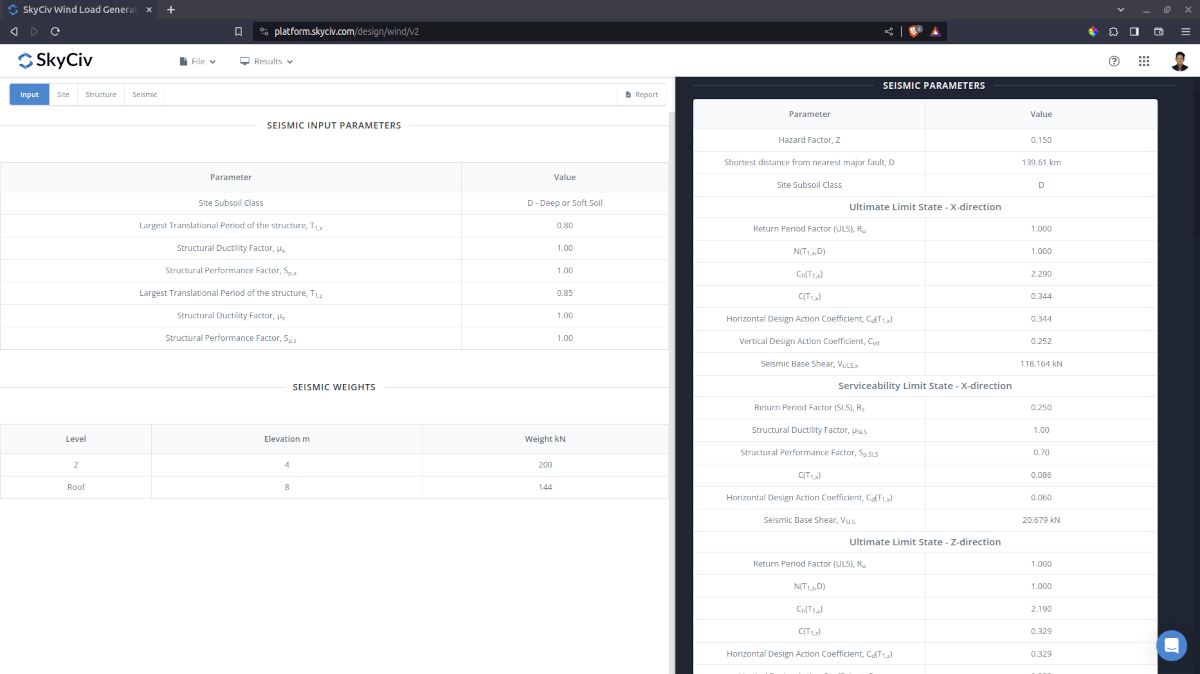
Figure 7. Seismic load input parameters used in the calculation and the calculated seismic base shear for each direction.
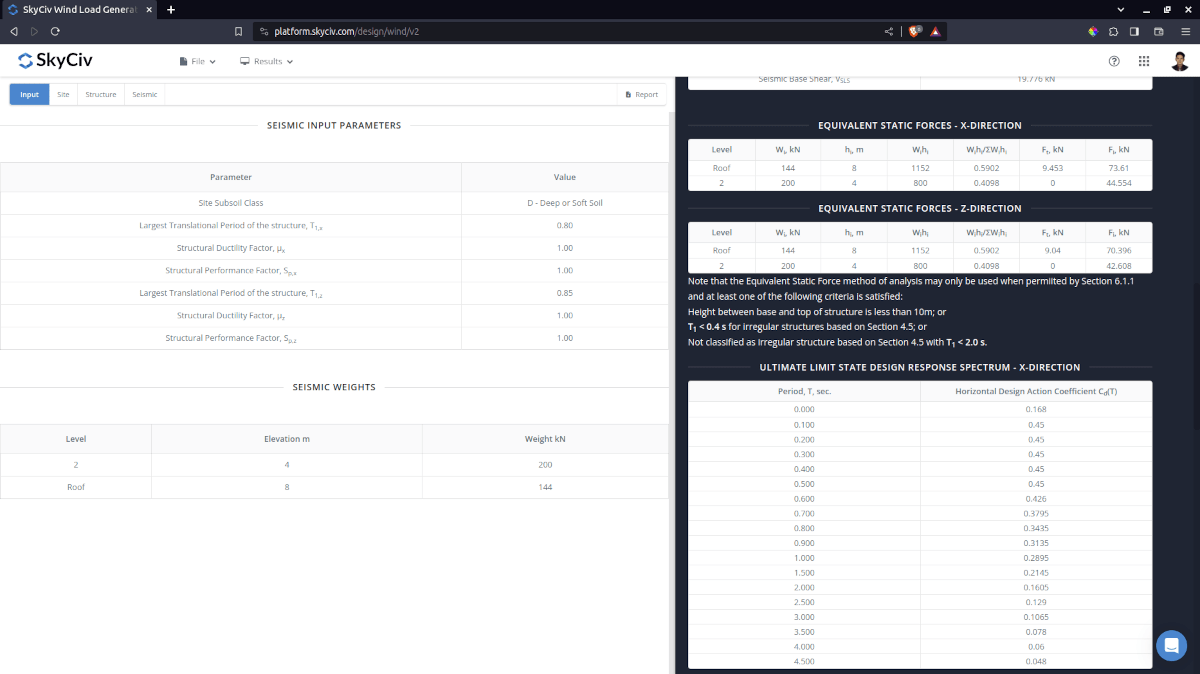
Figure 8. Vertical distribution of design base shear using Equivalent Static Force Method.
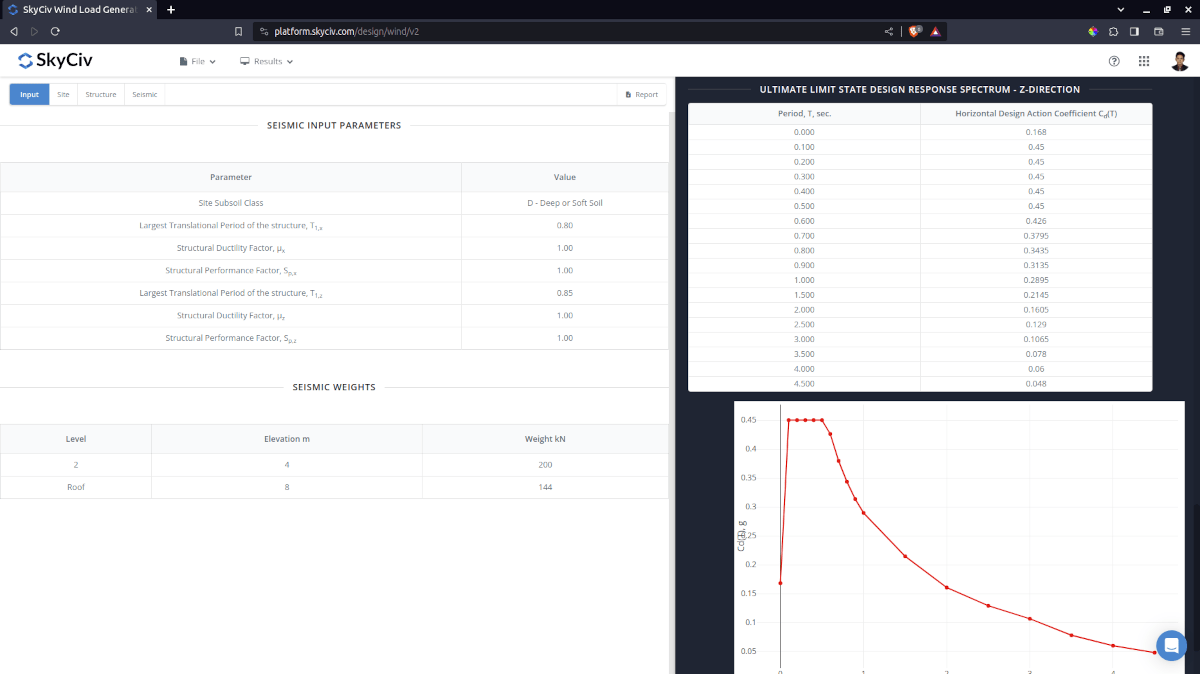
Figure 9. Calculated seismic forces using the equivalent force method and the generated design response spectrum.
Detailed Calculation
The detailed seismic load calculations can be accessed only by Professional account users and those who purchased the standalone load generator module. All the parameters and assumptions used in the calculation are displayed on the report to make it transparent to the user. You can download a sample detailed calculation thru the following link:
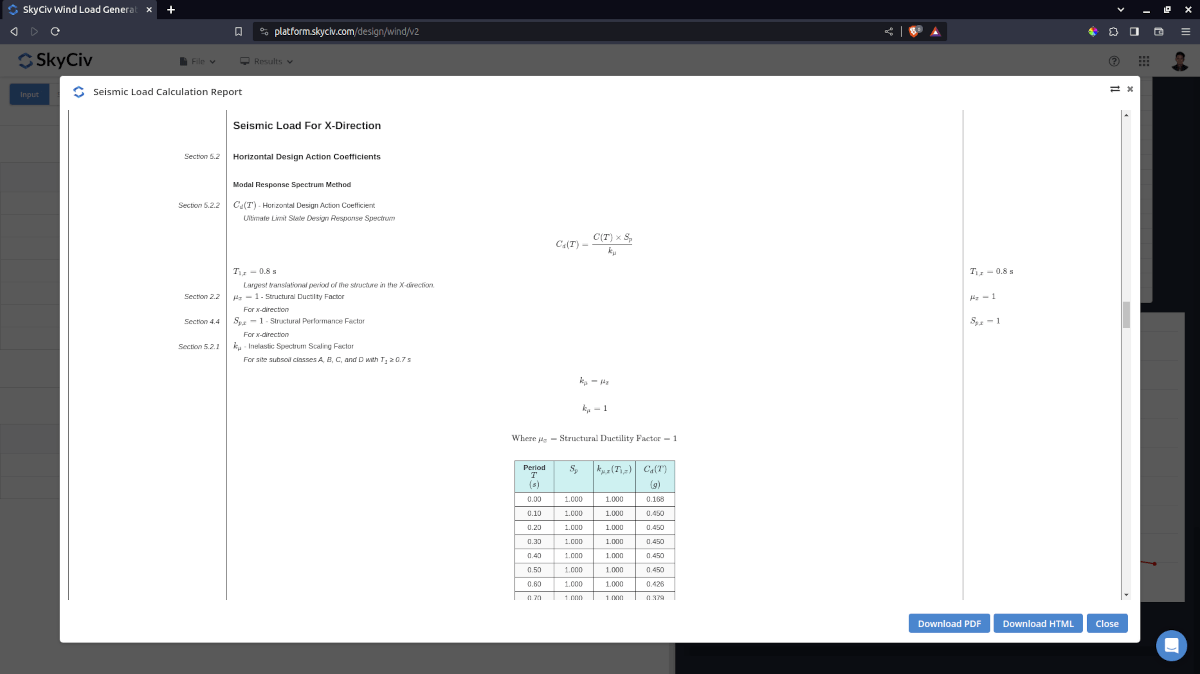
Figure 10. Detailed seismic load calculation generated from SkyCiv Load Generator.

